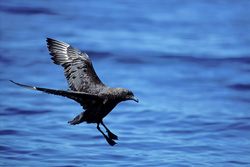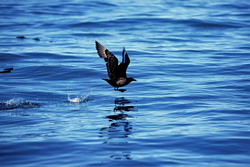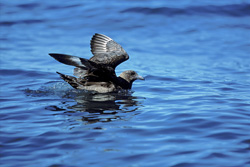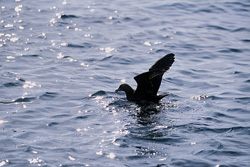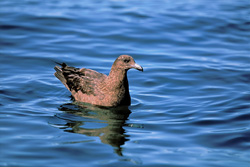Explore the Fascinating Characteristics and Behavior of the Parasitic Jaeger – A Remarkable Seabird Species
The Parasitic Jaeger (Stercorarius parasiticus) is a fascinating seabird native to the temperate and subarctic regions of the Northern Hemisphere. This jaeger is distinguished by its versatile behavior and adaptability to various habitats. It is renowned for its kleptoparasitic abilities, harassing other birds during their breeding to access feeding opportunities. The Parasitic Jaeger plays a crucial role in the marine ecosystem, acting as both a predator and a parasite to regulate populations of other marine species. Its distinctive plumage and acrobatic flight maneuvers make it a striking sight in the sky. In breeding areas, the Parasitic Jaeger exhibits complex courtship rituals and is territorial towards conspecifics. Their migration often spans extensive geographical distances, making them an intriguing subject of study for ornithologists. The diet of the Parasitic Jaeger includes a variety of prey, such as fish, insects, and other small birds. This adaptability in foraging allows them to survive even during periods of food scarcity. Conservation of the Parasitic Jaeger is essential, as they are sensitive to environmental changes and sea temperatures. Studies on the population dynamics of this jaeger species provide valuable insights into the health of marine environments. Additionally, the Parasitic Jaeger serves as an indicator of marine ecosystem quality, as they are directly dependent on the availability and condition of their prey through the food chain. By promoting protective measures and reducing pollution, we can help ensure that these impressive birds remain an integral part of our marine biodiversity.




